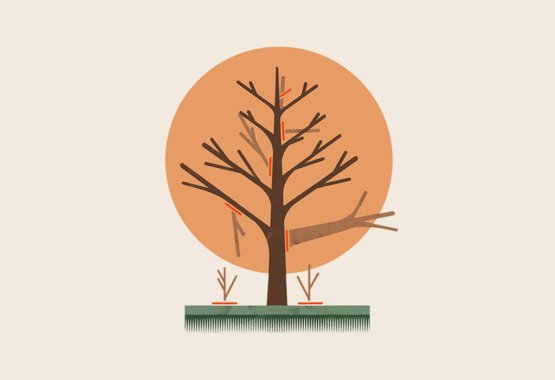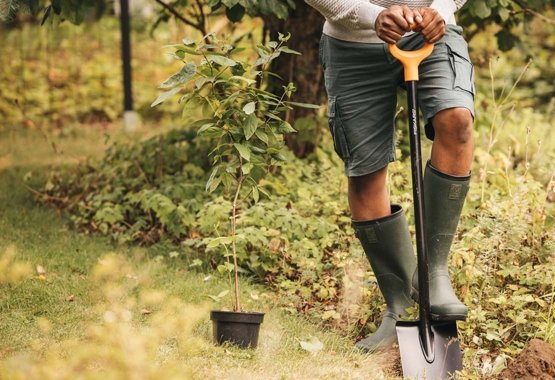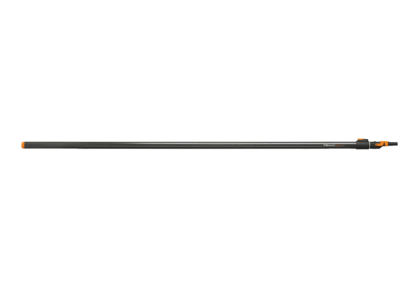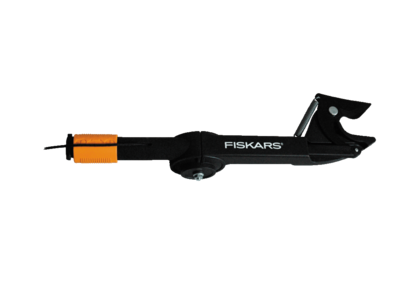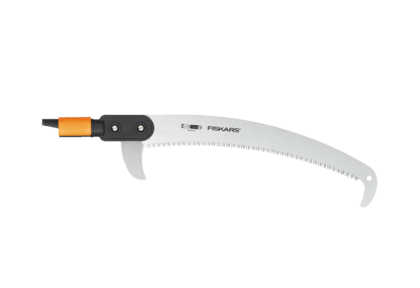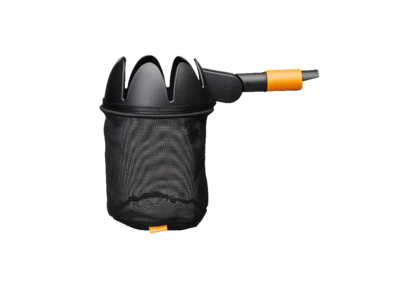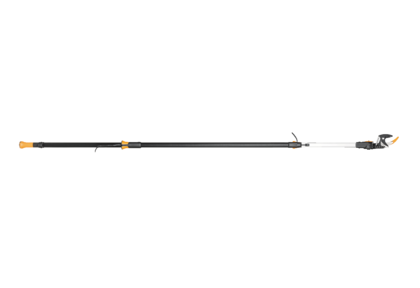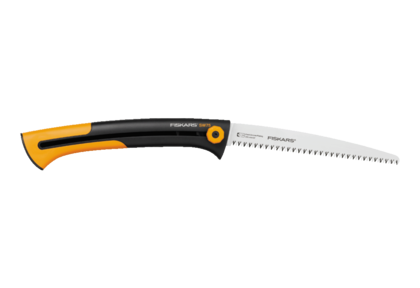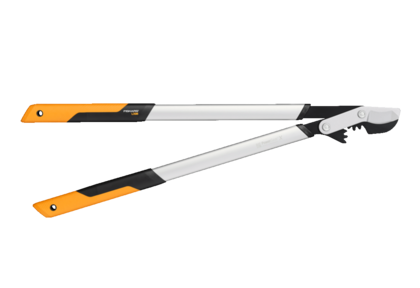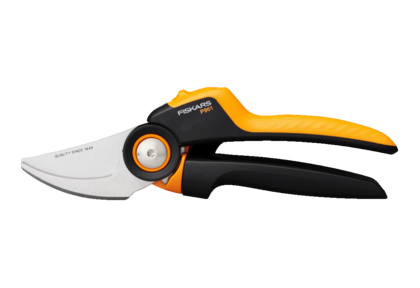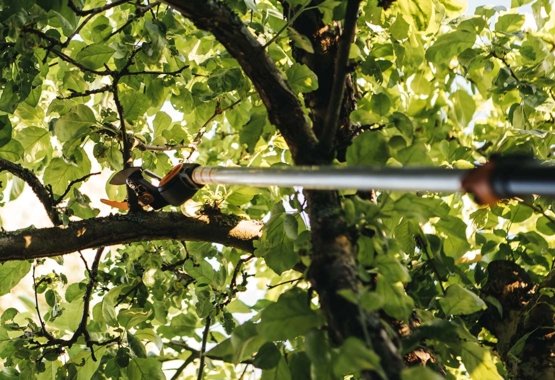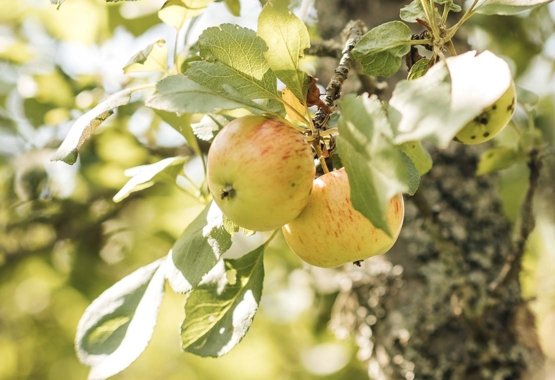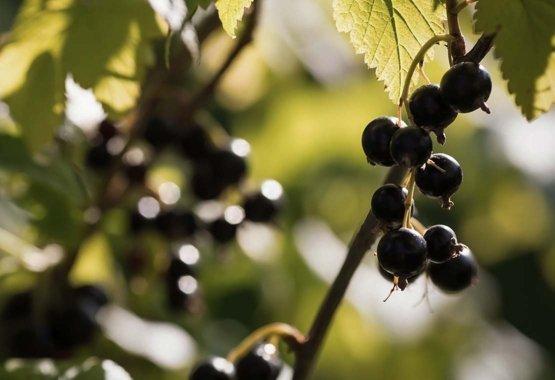
Pruning trees
Trees should be pruned outside of the growing season (in spring or fall). Thinning deciduous trees occasionally enables light and air to reach the foliage, which promotes growth and reduces the risk of diseases. Large conifer and broadleaf trees don’t usually need much regular pruning.
Pruning trees
Trees should be pruned outside of the growing season (in spring or fall). Thinning deciduous trees occasionally enables light and air to reach the foliage, which promotes growth and reduces the risk of diseases. Large conifer and broadleaf trees don’t usually need much regular pruning.
How to prune trees?
When pruning deciduous trees, trim branches that reach too far and are at a risk of breaking easily and thin branches that grow too densely to allow light into the foliage. Dry and damaged branches, as well as branches that rub against one another, should also be removed as necessary. Trunk shoots and root shoots, as well as water sprouts around cutting points, are removed down to their bases when they appear, as they waste the tree’s nutrients.
Conifers don’t need much pruning. Only diseased and frostbitten branches are removed after winter. Rival main branches should be removed from young conifer trees to ensure that the tree will grow in a balanced manner.
How to remove branches?
- When branches are removed, they are cut off at a suitable fork.
- The lowest branches can be removed down to their bases.
- The pruning should be done before the branches have grown thick – meaning when they are still young. Removing the branches while they are still young also makes it easier to produce a neat cut.
- The diameter of the cutting points should not be larger than five centimeters.
Note! If you’re removing a thick and heavy branch, it’s best to be removed with three correctly placed cuts with a pruning saw, so the branch doesn’t rip while cutting.
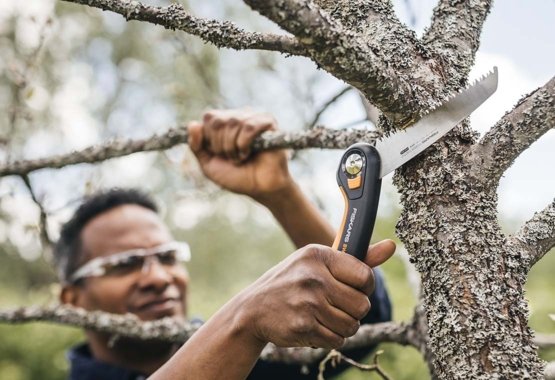
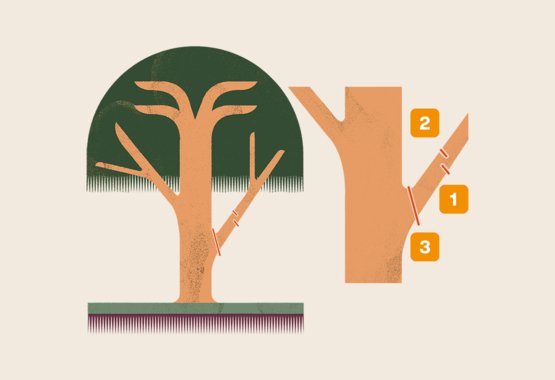
Thick branches require a three-point cut to minimize bark damage
The first two cuts remove most of the weight from the end of the branch. The third – and final – cut encourages callus growth.
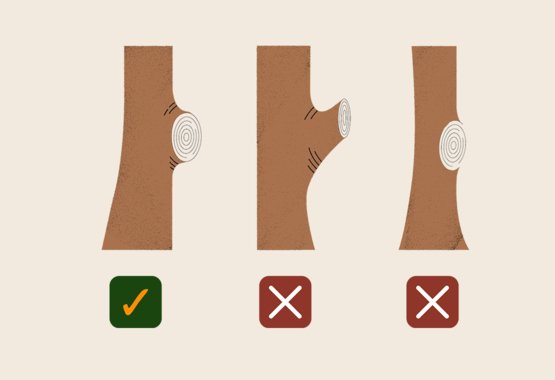
Don't remove the branch collar; this will help the tree wound occlude faster
Properly pruned tree branches form a callus where the removed branch once was. The callus is essential to the health of the tree.
Reach higher with QuikFit™
Forget the ladder when sawing high branches. Featuring interchangeable heads and handles, Fiskars QuikFit™ offers safe, smart, neat and transportable solutions. QuikFit™ let you perform more garden tasks with fewer tools. In fact, they're so ingenious they've been awarded the prestigious Red Dot Award for their unique, automatic double safety locking system on the telescopic range.
Besides pruning branches, interchangeable heads allows you to clean your lawn and yard, cultivate vegetables and flowers and clean gutters.
